Solving Problems Through New Product Development and Product Design for Mango Hill
Great products solve real problems. That’s why every product journey should start with a deep understanding of the problem and its context. Whether the solution is straightforward or technically uncertain, we’re here to help navigate the path from concept to reality.
Some ideas have clear engineering paths. Others involve unknowns, trials, and experiments. Both are valid, but require different expectations around time, cost, and risk. Our team specializes in identifying the right approach early — whether that’s rapid prototyping, simulation, or scientific investigation — and adapting as we go.
Whether you’re seeking help with product design, industrial design, electronics, or embedded systems, our team can support you through all phases of development — from concept sketches and mood boards to working prototypes and full production.
Our Process
Every project is different, but most follow these core phases:
- Project Review: Define the product goals, target users, and key functions. We collaborate closely to understand your vision and refine any early concepts.
- Planning: Outline possible technical paths, draft a rough BOM, estimate unit costs, and propose a high-level plan. We keep planning lean so your idea can evolve.
- Design: Turn ideas into computer-aided designs (CAD) with a focus on cost-effective prototyping, product aesthetics, and functionality. We often support this with mood boards, industrial design refinement, and rapid iteration using modern 3D CAD tools.
- Prototyping: Build physical or digital prototypes for testing and feedback. We often recommend multiple iterations to ensure your product is ready for market or investors.
- Production: Transition from prototype to manufacture-ready design. We assist with DFM reports, supplier quotes, and production planning.
- Promotion: Optionally, we can help you prepare promotional materials such as logos, renders, brochures, and videos.
In some cases, we may suggest an early feasibility study or proof-of-concept (PoC) build before formal development starts. This helps reduce technical and financial risk.
Funding Your New Product Development and Product Design for Mango Hill
Development costs are typically one-off investments. They shift your breakeven point but don’t directly affect long-term profit. Focus instead on reducing unit (marginal) costs and ensuring your product has real demand.
If self-funding isn’t an option, here are some alternatives:
Government Grants
Equity Investment
Some founders self-fund an early prototype, then pitch to an industry-aligned investor for further support. This can lead to reimbursement of early costs, mentorship, and shared equity arrangements.
Other Sources
- Angel Investors: Often fund pre-revenue concepts
- Venture Capital: More common once traction is proven
- Crowdfunding: Platforms like Kickstarter allow pre-sales to fund development
Why Choose COLETEK for New Product Development and Product Design for Mango Hill?
Our core team includes robotics engineers and PhD scientists with decades of combined experience. This lets us bridge disciplines and solve hard problems quickly — saving you time and cost versus siloed firms.
We work lean, embrace agility, and treat each project as a partnership. Whether you’re building a proof-of-concept (PoC), a commercial minimal viable product (MVP) or validating a high-risk idea, we tailor the process to suit your goals, budget, and stage.
We also offer a private client dashboard to keep your project organised, with timelines, file sharing, and chat in one place. It’s like your own project cockpit, purpose-built for hardware and product teams.
Tools, Capabilities & Examples
We bring together electronics, software, industrial design, and mechanical engineering under one roof. Our private dashboard ensures clear communication throughout your journey, while our capabilities and portfolio showcase our technical depth and product range.
Our Engagement Model
- Time and Materials basis (hourly + materials)
- No guarantees – we work on a best-effort R&D model
- Weekly billing with itemised timesheets
- 15-minute billing increments
- 7-day invoice terms or deposit-based
Next Steps
Ready to begin? Contact us with your concept or goals, and we’ll guide you through the review phase to identify the right development approach for your idea.
Explore Related Services
New Product Development and Product Design for Mango Hill often draws on several of our specialised service areas. Depending on your project's scope, you may also be interested in:
- Electronics Design – Custom PCB design, component selection, and circuit prototyping.
- Software and Firmware Development – Backend, frontend, bare-metal and app development to support your product ecosystem.
- 3D Computer-aided Modeling (CAD) – Concept visualisation, enclosure design, and mechanical integration.
- Rapid 3D Prototyping – Fast-turnaround 3D printing and CNC machining or vacuum casting for test-fit, enclosures, PoCs and MVPs.
- Embedded Systems – Firmware development, microcontroller programming, and system integration.
- IoT & Edge-AI Systems – IoT & Edge-AI system design and development for data logging, control, and cloud integration.
- Robotics Prototyping – Autonomous systems, mobility solutions, and field-ready mechatronics.
- Artificial Intelligence – Vision systems, language systems, predictive models, and intelligent automation for smarter products.
Making a Lasting Impact in Mango Hill, Queensland, Australia with COLETEK's Innovative Engineering and Product Development
Let’s build something remarkable together.
Contact UsNew Product Development and Product Design for Mango Hill – Our Clients: Big Brands & Small Businesses































































































New Product Development and Product Design for Mango Hill – Amazing Customer Testimonials
I have had the pleasure of working with Luke, our exceptional robotic product developer, over the past few years. Luke's expertise and professionalism have been pivotal in advancing our projects. Their innovative approach, attention to detail, and commitment to excellence have consistently exceeded our expectations. The quality of work and dedication Luke brings to each level of our project has significantly contributed to our success. I highly recommend COLETEK for their outstanding skills and unwavering professionalism.
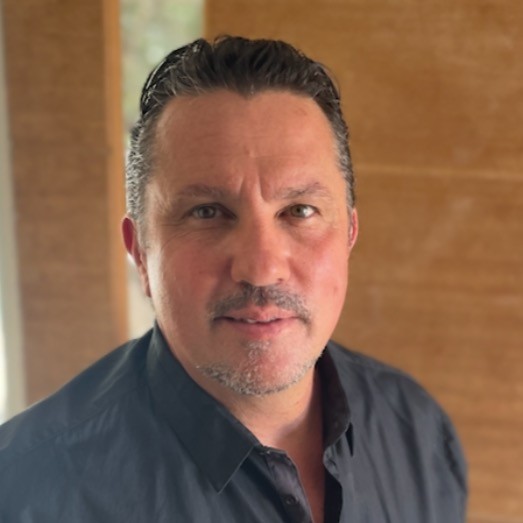
After approaching COLETEK with a few sketches of a plumbing tool I had in mind Luke and I immediately bounced a few ideas around. Leaving things with Luke he quickly produced some 3D images and ideas we subsequently used. Before long COLETEK produced an operational 3D printed prototype of the tool. I was then able to use this prototype to seek funding for further research and development.
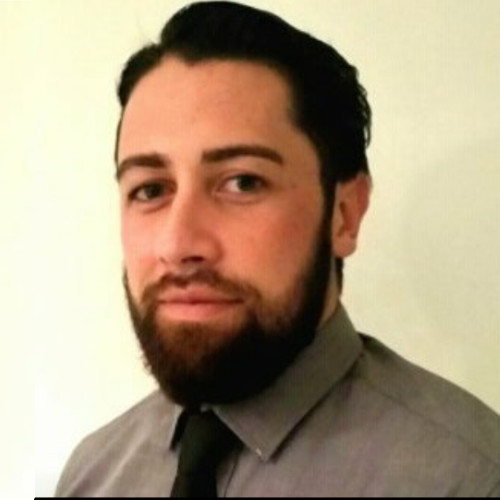
Our company has been working with COLETEK and Luke Cole for several years. Luke is very intelligent in many areas and has provided us with excellent designs and service. With the addition of a marketing section to provide brochures, packaging, etc. COLETEK is a one-stop shop. Based on our experience, we would highly recommend Luke and his company.

I have outsourced many projects through COLETEK over the years for a variety of applications. Applications such as a online based software platform that pulls live data feeds and updates in real-time to the user. A custom built website for adding users and products that achieved over 20,000 listings. Mobile applications. Data recovery and hardware repair. Custom SEO services and secure hosting services. I choose COLETEK because I know that a job will get done as requested and within a reasonable time frame. Also I'm a stickler for security and they're the best.
Salita engaged Luke Cole to troubleshoot issues we were having with a drive motor system with a dynamic variance of torque and speed. After approaching no less than a dozen Australian supplier and engineering firms to provide a solution, and after 12 months of product design and testing, they could not verify why their recommended motors where failing and reversing suddenly. Luke undertook testing and analysis and quickly supplied information on the failures. Not only did Luke uncover a rare, uncommon failure but also provided a solution. The COLETEK team are our go to for the correct solution the first time, for all our electronic needs.
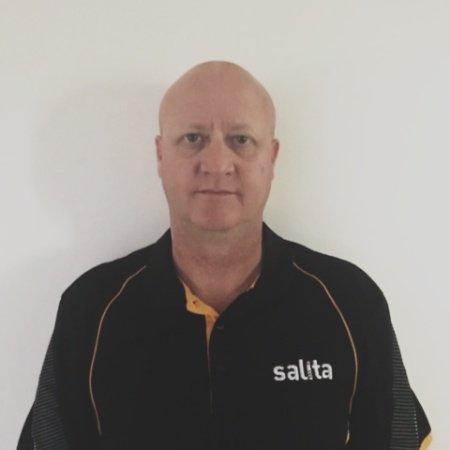
From an idea in my head to making sales nationwide and now worldwide. COLETEK were there every step of the way. The product was my first development so I had no idea really. With COLETEK offering privacy agreements and steering me in the right direction, it gave me confidence instantly. One thing that may seem irrelevant they questioned me about what it was I was trying to achieve and if in fact if it's even viable? That for me showed COLETEK wasn't in it just for my money. After some meetings and a couple of CAD drawings we had our first working prototype. COLETEK's knowledge and experience definitely made this whole process a lot easier. From CAD drawings, prototypes, liaising with suppliers in Australia and overseas - COLETEK done the lot. I'd highly recommend COLETEK!
Our first foray into the world of 3D printing brought us to COLETEK. We consider ourselves fortunate to have made this connection. COLETEK were accessible and easy to communicate with. They provided clear feedback and advice regarding the printing process, 3D file formats, resolution options and the likely time and costs involved. They provided prompt, invaluable service at a critical stage of product development, demonstrating a real understanding of our particular needs. The costs of services were totally appropriate and represented real added value to our final product. Thank you Luke and the team, we look forward to further opportunities to engage COLETEK.
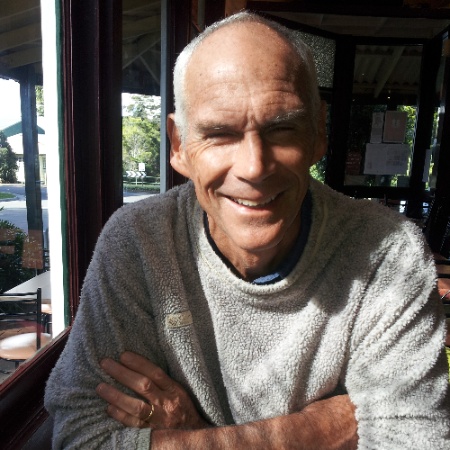
I had a technical design and prototype job I needed done and had contacted two companies in Brisbane before I discovered COLETEK. From my first conversation with Luke, I knew that he was the best person for the job and he delivered under budget and within the required timeframe. The device he manufactured for my company will save us thousands of dollars and it is highly likely that we will on-sell the device to similar organisations. I recommend COLETEK for any design and prototype work you can imagine for your business.

From an idea in my head to making sales nationwide and now worldwide. COLETEK were there every step of the way. The product was my first development so I had no idea really. With COLETEK offering privacy agreements and steering me in the right direction, it gave me confidence instantly. One thing that may seem irrelevant they questioned me about what it was I was trying to achieve and if in fact if it's even viable? That for me showed COLETEK wasn't in it just for my money. After some meetings and a couple of CAD drawings we had our first working prototype. COLETEK's knowledge and experience definitely made this whole process a lot easier. From CAD drawings, prototypes, liaising with suppliers in Australia and overseas - COLETEK done the lot. I'd highly recommend COLETEK!
Great prototype product made to our specs with minimal fuss. Delivered on time and within budget. Thanks team.

We met with Luke Cole from COLETEK and very quickly realised that he was very knowledgeable in robotics and prototyping. What separates his company from the rest, is that he had a unique value proposition - COLETEK offers a tele-operated / robotic unit for rent and with the flexibility to be modified to build proof-of-concepts. That unit lowered both the cost and time for us to produce a video showing a very challenging concept. In general COLETEK's service was great value. We would recommend them - they will get it done.

We used COLETEK on a small project involving mechanical and electronic design aspects as well as software development. COLETEK understood our requirements at the outset and worked to accommodate our needs. The whole process was professionally conducted and we highly recommend COLETEK

I can say that I've only dealt once with Luke Cole at COLETEK and I found him to be very professional and helpful with his assessment of my device. His expertise and suggestions with regards to my invention was great, despite my pedestrian review of it and what I was hoping it could achieve. In the end his advice was paramount in my final decision as to whether I would move forward with the development of a prototype.
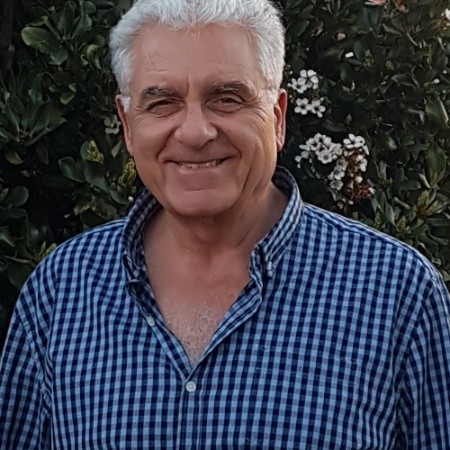
Working with COLETEK has been a pleasure. All parts we received are good quality and made exactly to our drawings, turnaround times were quick and never later than stated. Overall a great supplier and would recommend to any others interested in 3D Printing. Thank you!
Excellent service quick response and great results and reliability.
I would like to thankyou for your time and development knowledge for assisting me in designing a new helmet for the Fire Fighting Sector. I apologise that I came to you with not much information to work with but I must admit I was very impressed with what design you came up with from your CAD drawings to achieve the final outcome. That new design is in the hands of our manufacturer over in Europe and we are hopeful that we will be able to release a new futuristic finished product for the next fire season. I would not hesitate to recommend your services to other customers who were looking to design new products.
Multistore Industries was in the process of developing new product for a client and needed a 3D handle printed before we went into the expense of mass production. I meet with Luke several times and he assisted with the drawings and then printed the handle. The handle was then presented to our client within 1 week and approved by the client. Thank you to Luke and his team for making this process so easy and for a client who couldn’t visualise the finished product Coletek was the perfect solution. Our company will not hesitate to use COLETEK for further projects.
We engaged COLETEK to conduct a series of research projects on robotics and we very pleased with their technical skill, creative thinking and hard work. If you need to prototype a complex technical idea, they are a great partner to work with.

I had a technical design and prototype job I needed done and had contacted two companies in Brisbane before I discovered COLETEK. From my first conversation with Luke, I knew that he was the best person for the job and he delivered under budget and within the required timeframe. The device he manufactured for my company will save us thousands of dollars and it is highly likely that we will on-sell the device to similar organisations. I recommend COLETEK for any design and prototype work you can imagine for your business.

In the development of our new product Smart Syphon we had a tight deadline to launch the commercial version of our product and experienced some issues with our drawings. Luke and his team dealt with the issues, worked through the week-end and delivered a quality outcome on time.

In the development of our new product Smart Syphon we had a tight deadline to launch the commercial version of our product and experienced some issues with our drawings. Luke and his team dealt with the issues, worked through the week-end and delivered a quality outcome on time.

I would thoroughly recommend COLETEK they provided me with excellent feedback and engineering knowledge with regards to our idea. They also have continued to help us with what direction we should take and introduced us to other professionals that have also guided us. I suggest anyone who has been thinking of something they would like to pursue should contact them to get the most realistic approach of making it successful.
COLETEK has assisted on a variety of last-minute 3d printing overflow tasks for various projects. I've always found them to be very responsive to my needs and turned around urgent work in shortest possible time frame. I wouldn't hesitate to use or recommend COLETEK for any future design and/or 3d printing requirements.
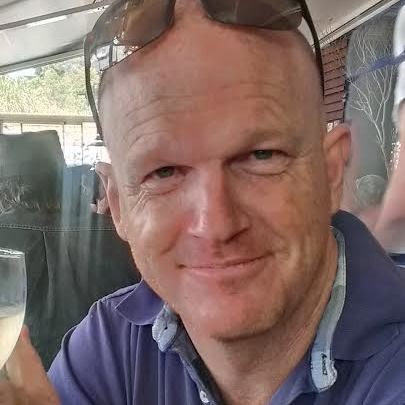
Our dealings with COLETEK were pleasant and professional. Luke was kind and courteous and very easy to talk to. High quality design concepts were emailed through with regularity so that we always knew exactly what was going on. I would recommend supporting hard workers and local Australia business by working with COLETEK
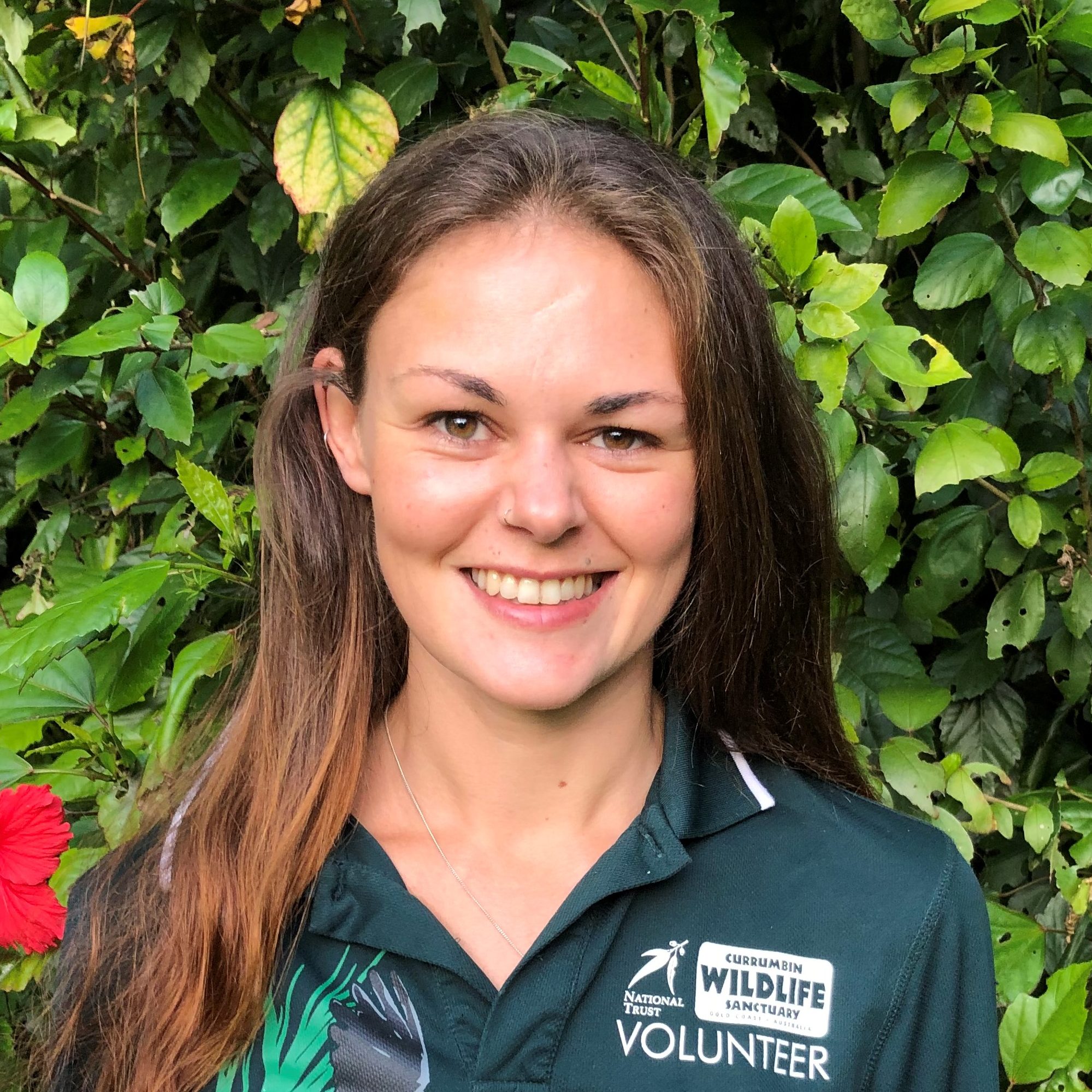
Luke and the team do a amazing job. Extremly happy from start to finish
I have outsourced many projects through COLETEK over the years for a variety of applications. Applications such as a online based software platform that pulls live data feeds and updates in real-time to the user. A custom built website for adding users and products that achieved over 20,000 listings. Mobile applications. Data recovery and hardware repair. Custom SEO services and secure hosting services. I choose COLETEK because I know that a job will get done as requested and within a reasonable time frame. Also I'm a stickler for security and they're the best.
We worked with Luke from COLETEK to develop a prototype for a new venture. Luke was able to give us practical advice on how to execute the project inline with our budget that was super useful. What has been endearing, is that even after the build was complete, Luke continues to touch base with us offering help to keep the momentum of the project going forward.

Thank you for the fast and efficient service you have provided us over the years for 3D printing prototypes of specialised containers we are developing to manufacture. The 3D printing has been beneficial in perfecting and obtaining the perfect containers to suit the purpose and our needs.

Luke has a very broad depth of knowledge across many engineering disciplines and has a large project base to draw experience from. I engaged COLETEK for assistance in some early electro-mechanical design for a hoisting system. They've been a great resource for helping develop ideas.
I would like to thankyou for your time and development knowledge for assisting me in designing a new helmet for the Fire Fighting Sector. I apologise that I came to you with not much information to work with but I must admit I was very impressed with what design you came up with from your CAD drawings to achieve the final outcome. That new design is in the hands of our manufacturer over in Europe and we are hopeful that we will be able to release a new futuristic finished product for the next fire season. I would not hesitate to recommend your services to other customers who were looking to design new products.
Thank you for the fast and efficient service you have provided us over the years for 3D printing prototypes of specialised containers we are developing to manufacture. The 3D printing has been beneficial in perfecting and obtaining the perfect containers to suit the purpose and our needs.

Thank you for your recent help with my enquiry. I have been able to proceed with my project which was proving very difficult before I was fortunate enough to make your acquaintance. The help you have given me and the contacts I have made with your support has been invaluable. Thank you so much and I look forward to a long and fruitful association.
I consulted COLETEK for some work, commencing in 2014, and haven’t looked back. The project was very important to me, and COLETEK not only saw that but exuded sincere enthusiasm about the project; they are attentive, and thorough in their research and development service. They are a wealth of information and advice, for many aspects of the entire engineering and commercialization space, and this has been invaluable to me. I look forward to continuing work with them long into the future!

We engaged COLETEK to conduct a series of research projects on robotics and we very pleased with their technical skill, creative thinking and hard work. If you need to prototype a complex technical idea, they are a great partner to work with.

I would thoroughly recommend COLETEK they provided me with excellent feedback and engineering knowledge with regards to our idea. They also have continued to help us with what direction we should take and introduced us to other professionals that have also guided us. I suggest anyone who has been thinking of something they would like to pursue should contact them to get the most realistic approach of making it successful.
COLETEK has assisted on a variety of last-minute 3d printing overflow tasks for various projects. I've always found them to be very responsive to my needs and turned around urgent work in shortest possible time frame. I wouldn't hesitate to use or recommend COLETEK for any future design and/or 3d printing requirements.

I'm in the early stages of my prototype design. I have worked with Luke for a couple of years now and in that time I have found Luke to be very reliable, responsible with my design, honest and trustworthy. What stood out the most was Luke's pride and commitment that he undertakes to ensure a positive outcome. I consider it a privilege to call Luke an associate and have no hesitation in encouraging others to do the same.
We met with Luke Cole from COLETEK and very quickly realised that he was very knowledgeable in robotics and prototyping. What separates his company from the rest, is that he had a unique value proposition - COLETEK offers a tele-operated / robotic unit for rent and with the flexibility to be modified to build proof-of-concepts. That unit lowered both the cost and time for us to produce a video showing a very challenging concept. In general COLETEK's service was great value. We would recommend them - they will get it done.

Working with COLETEK has been a pleasure. All parts we received are good quality and made exactly to our drawings, turnaround times were quick and never later than stated. Overall a great supplier and would recommend to any others interested in 3D Printing. Thank you!
Salita engaged Luke Cole to troubleshoot issues we were having with a drive motor system with a dynamic variance of torque and speed. After approaching no less than a dozen Australian supplier and engineering firms to provide a solution, and after 12 months of product design and testing, they could not verify why their recommended motors where failing and reversing suddenly. Luke undertook testing and analysis and quickly supplied information on the failures. Not only did Luke uncover a rare, uncommon failure but also provided a solution. The COLETEK team are our go to for the correct solution the first time, for all our electronic needs.

I engaged COLETEK several years ago to produce designs and working prototypes of 2 products I am currently developing as I was having difficulty obtaining what I required from overseas design companies. I have always found Luke easy to work with and having face to face meetings made explaining my concepts so much easier than endless emails. Design changes and modifications are always produced in a timely fashion and available for pickup locally.
After approaching COLETEK with a few sketches of a plumbing tool I had in mind Luke and I immediately bounced a few ideas around. Leaving things with Luke he quickly produced some 3D images and ideas we subsequently used. Before long COLETEK produced an operational 3D printed prototype of the tool. I was then able to use this prototype to seek funding for further research and development.

I'm in the early stages of my prototype design. I have worked with Luke for a couple of years now and in that time I have found Luke to be very reliable, responsible with my design, honest and trustworthy. What stood out the most was Luke's pride and commitment that he undertakes to ensure a positive outcome. I consider it a privilege to call Luke an associate and have no hesitation in encouraging others to do the same.
We used COLETEK on a small project involving mechanical and electronic design aspects as well as software development. COLETEK understood our requirements at the outset and worked to accommodate our needs. The whole process was professionally conducted and we highly recommend COLETEK

Luke and the team do a amazing job. Extremly happy from start to finish
Luke from COLETEK has assisted us on a number of occasions and has always been helpful, courteous and understanding of our needs. There was an instance when timing was of the essence and Luke was able to prioritise our job to ensure we weren't affecting our customers in a negative way. He is highly recommended.
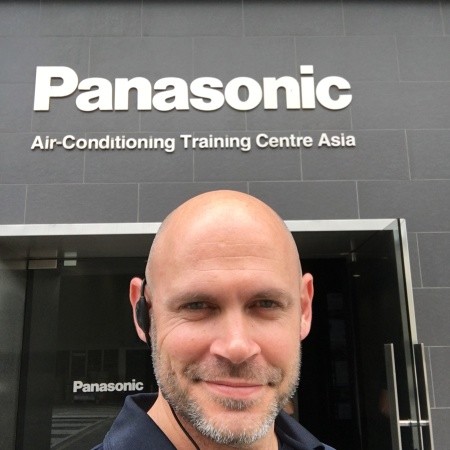
I can say that I've only dealt once with Luke Cole at COLETEK and I found him to be very professional and helpful with his assessment of my device. His expertise and suggestions with regards to my invention was great, despite my pedestrian review of it and what I was hoping it could achieve. In the end his advice was paramount in my final decision as to whether I would move forward with the development of a prototype.

Our company has been working with COLETEK and Luke Cole for several years. Luke is very intelligent in many areas and has provided us with excellent designs and service. With the addition of a marketing section to provide brochures, packaging, etc. COLETEK is a one-stop shop. Based on our experience, we would highly recommend Luke and his company.

I used COLETEK for the design and prototyping of a new medical airway device I invented. They were enthusiastic, responsive to my input and I was very satisfied with the product they gave me. I can strongly recommend their services.
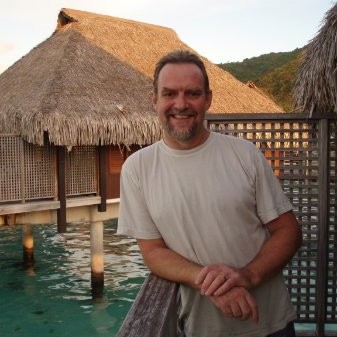
I engaged COLETEK several years ago to produce designs and working prototypes of 2 products I am currently developing as I was having difficulty obtaining what I required from overseas design companies. I have always found Luke easy to work with and having face to face meetings made explaining my concepts so much easier than endless emails. Design changes and modifications are always produced in a timely fashion and available for pickup locally.
Our dealings with COLETEK were pleasant and professional. Luke was kind and courteous and very easy to talk to. High quality design concepts were emailed through with regularity so that we always knew exactly what was going on. I would recommend supporting hard workers and local Australia business by working with COLETEK

Luke (COLETEK) did an amazing job helping me take an idea through technical design, proof of concept and prototype development. Luke immediately understood the requirements, delivered to a budget, within the required timeframe and the whole process was extremely professional. I highly recommend for any design and prototype work you can imagine.

Multistore Industries was in the process of developing new product for a client and needed a 3D handle printed before we went into the expense of mass production. I meet with Luke several times and he assisted with the drawings and then printed the handle. The handle was then presented to our client within 1 week and approved by the client. Thank you to Luke and his team for making this process so easy and for a client who couldn’t visualise the finished product Coletek was the perfect solution. Our company will not hesitate to use COLETEK for further projects.
Luke from COLETEK has assisted us on a number of occasions and has always been helpful, courteous and understanding of our needs. There was an instance when timing was of the essence and Luke was able to prioritise our job to ensure we weren't affecting our customers in a negative way. He is highly recommended.

I used COLETEK for the design and prototyping of a new medical airway device I invented. They were enthusiastic, responsive to my input and I was very satisfied with the product they gave me. I can strongly recommend their services.

Our first foray into the world of 3D printing brought us to COLETEK. We consider ourselves fortunate to have made this connection. COLETEK were accessible and easy to communicate with. They provided clear feedback and advice regarding the printing process, 3D file formats, resolution options and the likely time and costs involved. They provided prompt, invaluable service at a critical stage of product development, demonstrating a real understanding of our particular needs. The costs of services were totally appropriate and represented real added value to our final product. Thank you Luke and the team, we look forward to further opportunities to engage COLETEK.

Great prototype product made to our specs with minimal fuss. Delivered on time and within budget. Thanks team.

Thank you for your recent help with my enquiry. I have been able to proceed with my project which was proving very difficult before I was fortunate enough to make your acquaintance. The help you have given me and the contacts I have made with your support has been invaluable. Thank you so much and I look forward to a long and fruitful association.
Luke has a very broad depth of knowledge across many engineering disciplines and has a large project base to draw experience from. I engaged COLETEK for assistance in some early electro-mechanical design for a hoisting system. They've been a great resource for helping develop ideas.
I have had the pleasure of working with Luke, our exceptional robotic product developer, over the past few years. Luke's expertise and professionalism have been pivotal in advancing our projects. Their innovative approach, attention to detail, and commitment to excellence have consistently exceeded our expectations. The quality of work and dedication Luke brings to each level of our project has significantly contributed to our success. I highly recommend COLETEK for their outstanding skills and unwavering professionalism.

I consulted COLETEK for some work, commencing in 2014, and haven’t looked back. The project was very important to me, and COLETEK not only saw that but exuded sincere enthusiasm about the project; they are attentive, and thorough in their research and development service. They are a wealth of information and advice, for many aspects of the entire engineering and commercialization space, and this has been invaluable to me. I look forward to continuing work with them long into the future!

We worked with Luke from COLETEK to develop a prototype for a new venture. Luke was able to give us practical advice on how to execute the project inline with our budget that was super useful. What has been endearing, is that even after the build was complete, Luke continues to touch base with us offering help to keep the momentum of the project going forward.

Excellent service quick response and great results and reliability.

